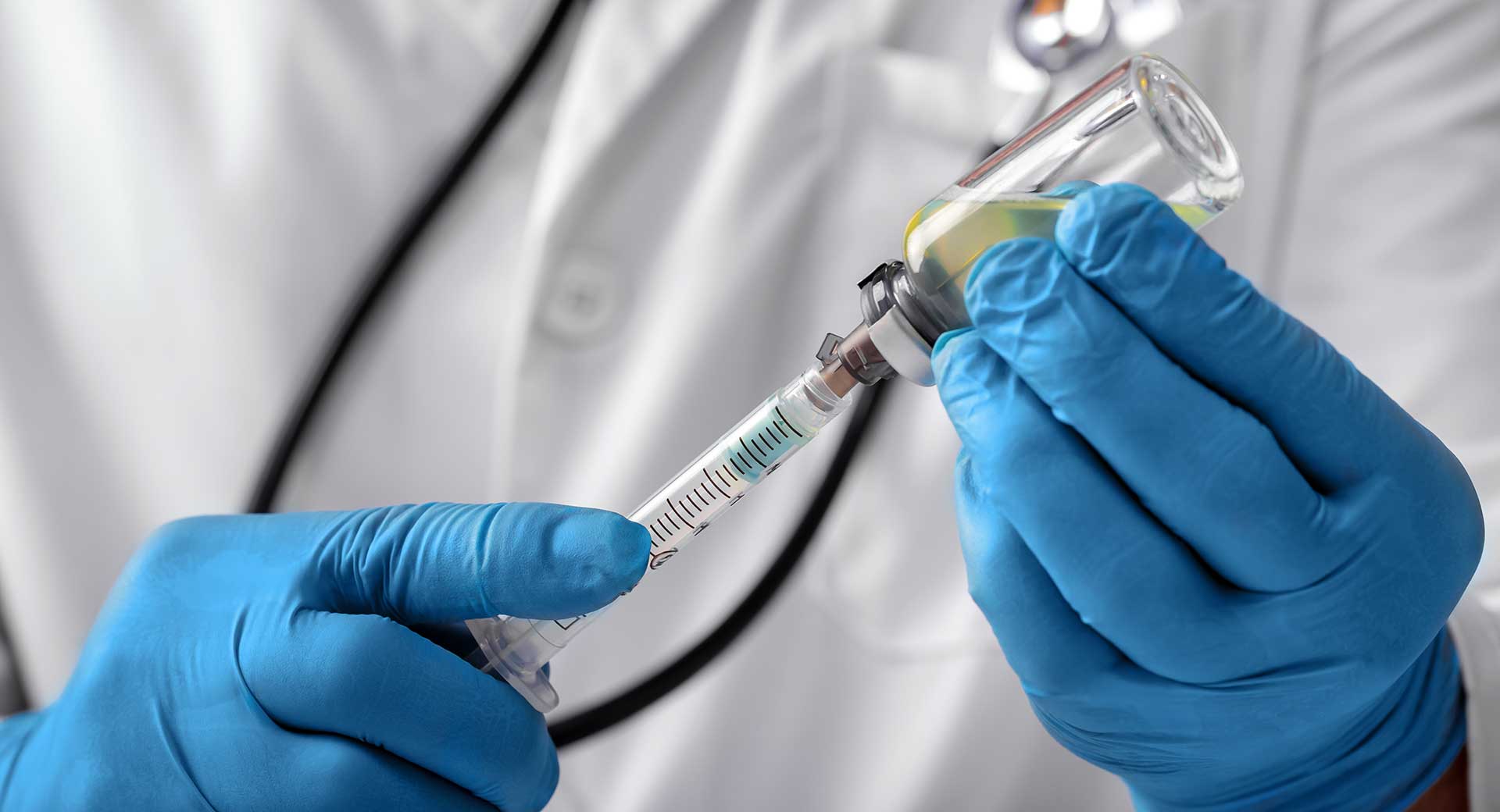What You Need to Know About Specialty Medications
It’s no secret that specialty drugs continue to have a growing impact on the nation’s health care costs. While some estimates project that specialty medications only represent as little as 2.2% of all prescription volume, they also represent 50% of the nation’s total drug spend1.
As the fastest growing and most expensive segment of pharmacy spend, here are some of the most frequently asked questions about specialty medications and information on what Pharmacy Benefit Dimensions (PBD) is doing to balance cost control with quality member care:
Q. What are specialty medications?
Specialty drugs are medications designed to treat complex diseases such as multiple sclerosis (MS), rheumatoid arthritis, hepatitis C and cancer. They include self-injectable drugs, medications that require special distribution and/or are at limited supply, and certain oral oncology medications. Some examples include Humira,® Enbrel,® Gilenya® and Orencia®.
Q. Why do specialty drug medications cost more?
The cost of specialty drugs is often higher than the cost of traditional oral solid medications because generally they treat complex conditions, and many require special handling, administration or monitoring. In addition, the expense associated with research and development — and the lack of comparable treatments — for select specialty medications often contribute to higher prices.
It is important to remember that prices for specialty therapies tend to be based on avoidance of costs associated with progression of the disease they are treating. For example, the estimated cost for Sovaldi® is $1,200 per day, or $100,800 for a full course of treatment. The use of this medication may offset a potential liver transplant, which could cost upwards of $800,000 with extended hospitalization and recovery period2.
Q. What are biologics and biosimilars?
Prescription drugs come in all shapes and sizes. In addition, the molecular makeup of drugs can also vary greatly. When you think of most prescription drugs, you probably think about those that come in capsules or tablets. These are small molecule drugs that can be made synthetically in a lab and are often easily replicated.
Biologics on the other hand can be much more complex. Biologics are a type of drug that are produced from living organisms or derived from living organisms. They often take form as an injectable fluid that is administered intramuscularly or subcutaneously, and they also have specific storage requirements due to their sensitivity to temperature.
Because of the molecular makeup, biologics do not have substitute generic medications available. But there are similar drugs available known as biosimilars. However, the Federal Drug and Drug Administration (FDA) does not consider biosimilars to be interchangeable which is the case with many other synthetic drugs. For example, in New York there is the substitution law that mandates pharmacists to dispense an “AB Rated” generic equivalent medication if available, which means the drug is molecularly identical to its more expensive brand name drug. In the case of a reference product biologic, there may be a biosimilar available, but they both are considered to have their own unique identity and would need to be prescribed by name.
In general, most biologic and biosimilar drugs are those high-cost, injectable, complex disease state drugs that are considered to be specialty medications.
Q. What is PBD doing to contain specialty drug costs?
PBD has utilization management measures in place to encourage the highest quality of care while still maximizing cost efficiency. To prevent inappropriate use, most specialty drugs require prior authorization (PA), meaning that a member’s health care provider will need to obtain prior approval before the prescription can be filled. Select specialty medications also require step therapy (ST), which means members must first try a generic or therapeutic equivalent to treat their condition before “stepping up” to a high-cost, brand-name medication for that condition.
In addition, PBD offers a prescription drug program for specialty medications through a unique relationship with Reliance Rx, PBD’s specialty pharmacy sister company, that fills prescriptions and manages distribution and care coordination. Measures put in place by Reliance Rx, including close collaboration with physicians and personal counseling with patients, results in greater efficiency and higher patient adherence.
PBD also offers employers the option of implementing a Specialty Copay Assistance Program (SCAP). Members utilizing a specialty drug in this program will have a reduced copayment, as low as $0, when they obtain their drugs through Reliance Rx. Employers realize savings through manufacturer assistance. There are currently more than 150 specialty drugs eligible for SCAP, including Humira,® Enbrel® and Otezla.®
PBD and Reliance Rx are working together to effectively manage the issue of rising specialty drug costs. We continue to monitor specialty drug trends and work with brokers and their clients to maximize cost savings and enhance clinical effectiveness.
1 Seymore, Brandeis. (2020, March 23,). Taming the Trend: Managing the Cost of Specialty Pharmaceuticals for Insurers. The Pharmacy Times. Retrieved from https://www.pharmacytimes.com/publications/specialty-pharmacy-times/2020/February2020/editors-note-top-trends-for-2020-in-specialty-pharmacy
2 Bentley, Scott & Ortner, Nick. (January 2020). 2020 U.S. organ and tissue transplants: Cost estimates, discussion, and emerging issues. Milliman. Retrieved from https://milliman-cdn.azureedge.net/-/media/milliman/pdfs/articles/2020-us-organ-tissue-transplants.ashx
